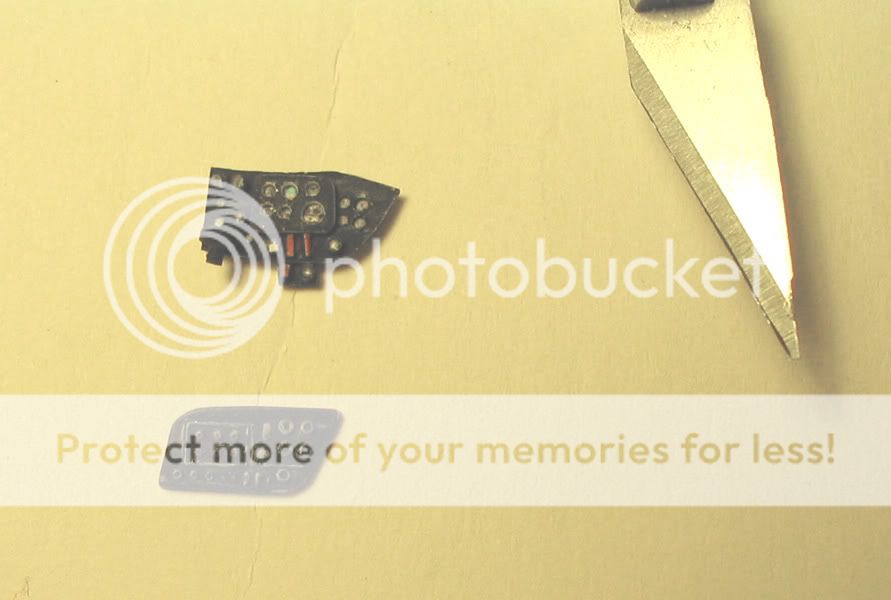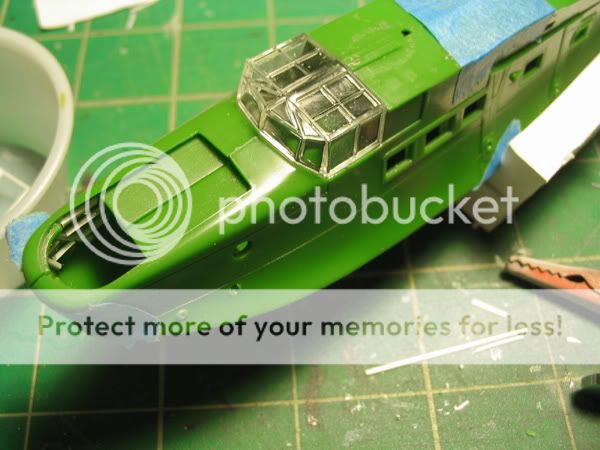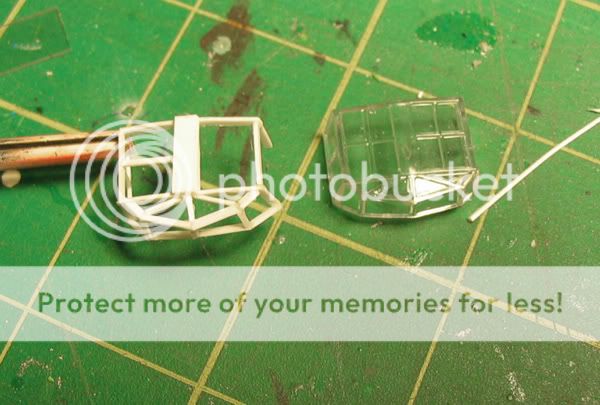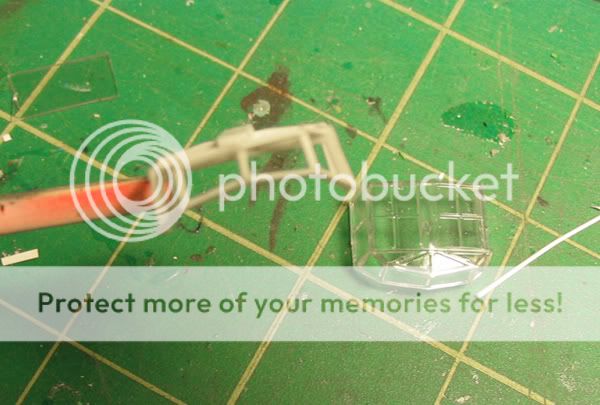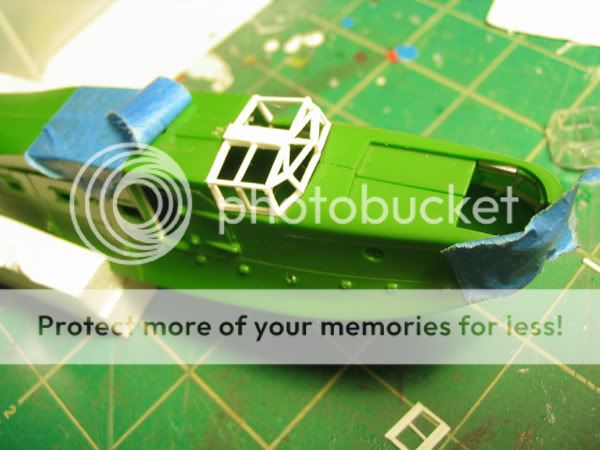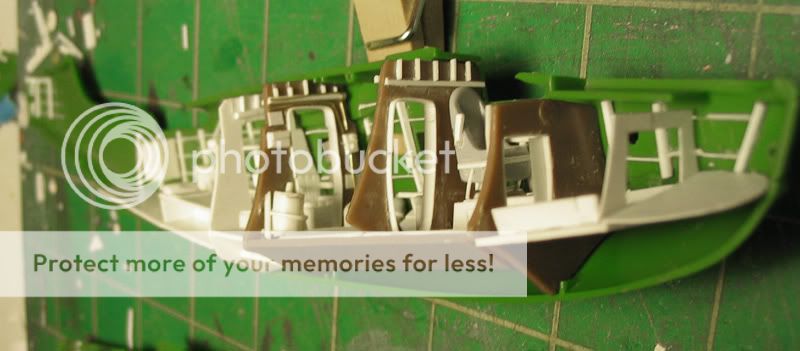How much and how well can I build a model in a month. Well, here's the result. Everything you see was worked on during the month. I'm sorry for the quality of the photos, I didn't feel it turned out good enough to use my SLR and macro :(

I built it OOB (if you accept that also in the box was a KMC resin cockpit).
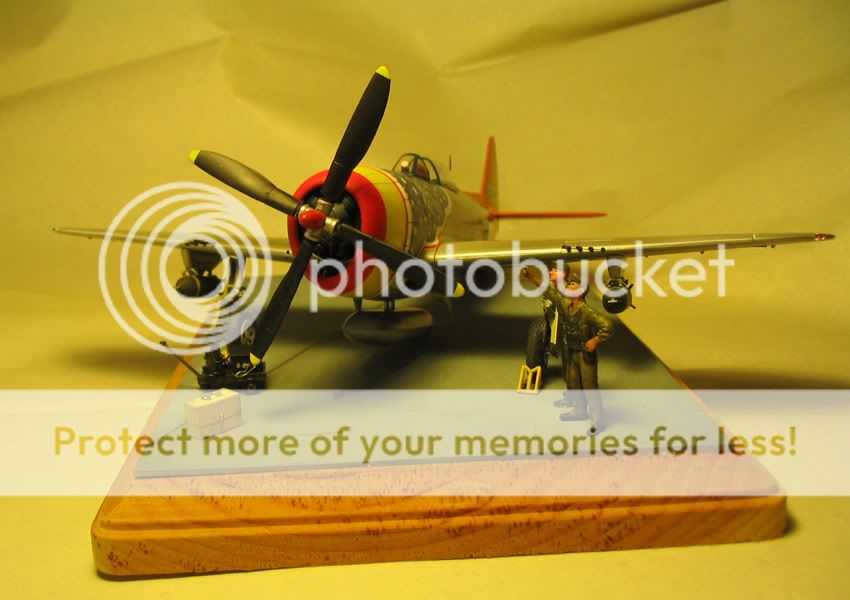
Construction went well and after the Matchbox Stranraer, it was nice to build a model with good fit and clean detail. The cockpit took a lot of work as it was my first resin cockpit and needed some carving for proper fit. The kit seat was better, so I used that but I really liked the resin gunsight (too bad the photos won't show the tiny clear reticle I put on it).
I used Tamiya "Titan Silver" for the NMF which worked pretty well, but when it came to seeing if the finish was consistent, it was harder than white.

The "Tarheel Hal" decal was big and I thought it'd be hard to get it to sit well over the panel lines and I didn't want to mix a blue to match for the spine. So, I took to painting the blue and white and using the individual stars provided on the decal sheets. This proved to be nearly as hard. The decals were both fragile AND thick. The carrier film of the individual stars showed up awfully. I also found out that using Friskit Film was great for paint masking the blue, but NOT for the anti-glare section. Even with a coat of future, the film pulled off a good amount of decal. I suppose I shouldn't have been angry about this given that the decals didn't look great, but GRRR! anyway.

The dio base was done on Sunday; it's a bit shoddy. The figures turned out rather well, though.
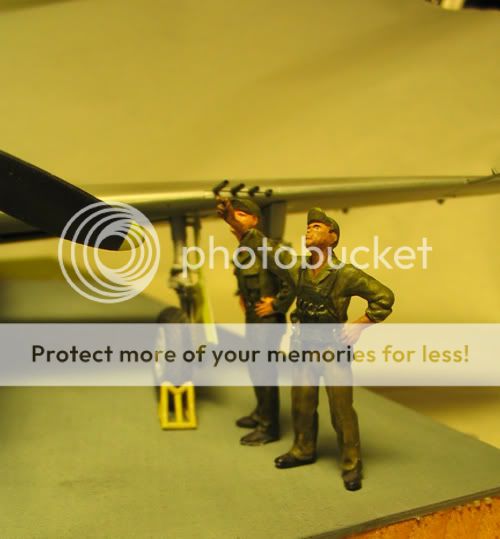
The chocks and start cart I saw in a "How to Fly the P-47" video on YouTube and are totally scratch built.

As was the toolbox.

The whole thing was finished Monday (Dec 13) night. No "heroic measure" were taken for the build; I worked, drew an elven-page comic, read books, shoveled snow and watched Dr. Who with my wife. Was this a success or failure? I think right in between. It won't win any awards, but I learned a lot about seam-filling, resin-cockpits, masking, and a way to make NMF. All will serve me well in the future. By moving fast, I've now learned better how to go slow.
Also, I'm aware that maintenance would likely not be done on a plane with a full bomb load; I didn't decide on the figures or dio bits until the plane was completed.



